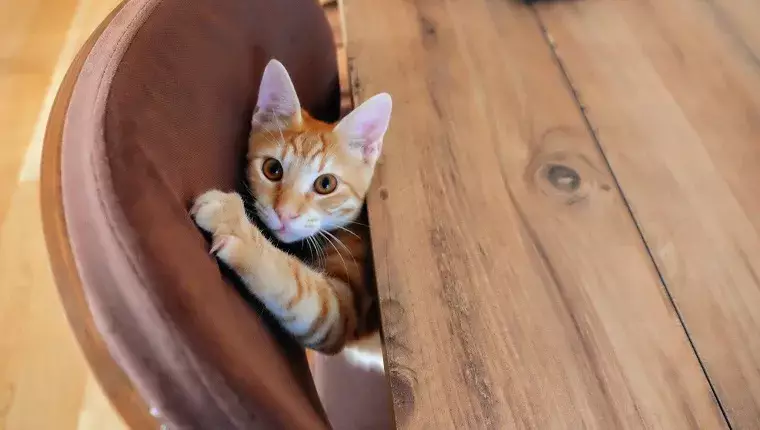Cats have a natural instinct to scratch, an activity that serves several crucial purposes. While this behavior is entirely normal, it can become problematic for cat owners, especially when furniture becomes a casualty of enthusiastic scratching. This article explores the reasons behind this behavior and offers practical solutions for cat owners struggling with furniture-scratching felines.
First and foremost, it is essential to understand why cats scratch. Scratching is not merely a habit; it is a fundamental behavior that cats engage in for a variety of reasons. Cats scratch to mark their territory, condition their claws, and stretch their muscles. When a kitty scratches, they leave an olfactory mark in addition to the visual one left on surfaces, indicating their presence to other animals. Recognizing that scratching is a natural instinct is crucial when approaching the issue.
Rather than viewing scratching as a behavioral problem, it is more productive to consider it a natural and necessary practice for cats. Therefore, instead of contemplating punitive measures such as declawing—an outdated and inhumane procedure—pet owners should focus on finding constructive alternatives that cater to their cats’ scratching needs.
So what can cat owners do when their beloved feline decides that the dining room chairs are the ultimate scratching surface? One of the most effective strategies is to redirect the cat’s scratching onto designated scratching posts. There are various scratching post styles available, including vertical, horizontal, and various textures. Observing where your cat tends to scratch can help you choose the best design that mimics their favorite targets.
Location also matters significantly. Position the scratching post close to the areas your cat tends to scratch. This way, they can easily opt for the post instead of your furniture. You might also enhance the post’s appeal by rubbing catnip on it; many cats are irresistibly drawn to the scent, which encourages them to use the post and bypass your chairs.
While encouraging the use of scratching posts, it can also be helpful to create a physical barrier to discourage cats from scratching furniture. One simple method is to apply double-sided tape or aluminum foil to affected areas. Cats generally dislike the sticky texture and the sound of foil, which can deter them from returning to scratch.
Additionally, using citrus-scented sprays can prevent scratching, as many cats find strong citrus scents unpleasant. However, it is crucial to check that any products used will not stain your furniture. These deterrents can be applied liberally in areas where scratching frequently occurs.
Another aspect of managing scratching behavior is regular claw maintenance. Keeping your cat’s claws trimmed not only reduces the damage inflicted on furniture but also keeps your pet healthy. For those hesitant to undertake the task themselves, many veterinarians offer nail trimming services. Alternatively, there are products available, such as claw caps like Soft Claws. These caps can be a helpful barrier that protects furniture while allowing your cat to retain their natural behaviors.
Correcting scratching behavior requires time and patience. Cats don’t learn overnight, and it’s essential to stay consistent with the strategies you adopt. Integrate positive reinforcement by praising your cat when they use their scratching post instead of the furniture. This encouragement reinforces desired behavior and helps your cat adjust.
While a cat’s tendency to scratch may seem challenging for furniture-loving households, it is a natural behavior rooted in their instincts. By redirecting their scratching to appropriate surfaces, utilizing deterrents effectively, and maintaining their claws, cat owners can cultivate a peaceful coexistence between their feline friends and their cherished furniture. Fostering a cat’s well-being through self-expression will ultimately lead to a calmer environment for everyone involved.


Leave a Reply